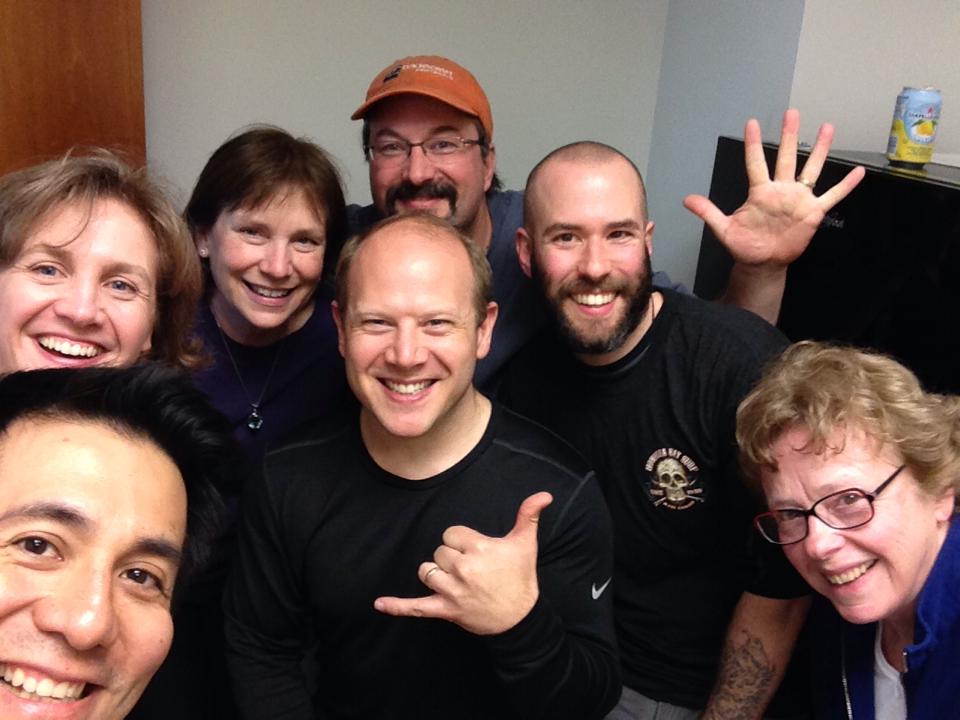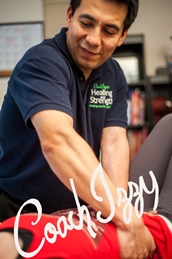Disclaimer: this is my opinion and my opinion alone.
Very few things fill me with as much excitement as attending the Counterstrain courses. I know that not only will the information be mind-blowing, but I’ll also get the chance to catch up with colleagues as we practice the new techniques, and express our gratitude for the opportunity to change lives with this amazing system.
In chatting with them throughout the breaks and the get-togethers after the demanding days of classes, I realize how similar our stories and adventures are. This path of Counterstrain is one that is gathering more attention from the general public—and the health community—with tremendous momentum. Not a day goes by in which colleagues share their triumphs and address what many thought to be hopeless cases.

How do you know if you are hooked on Counterstrain as your life service? I don’t think the amount of courses you’ve taken matters as much as how well you’ve mastered the science behind the methodology and how well you apply what you know. There’s something I call the Counstertrain Kool-Aid and we imbibe it the second we admire the power of this elegant and gentle method. It’s an obsession, a longing, something that creates a thirst for discovery and we cannot get enough of learning it.
Those dedicating their lives to the mastery of Counterstrain know this feeling well. We’ve all shared our stories while sharing a bite and a drink. We’ve all laughed as we acknowledge how Counsterstrain has appeared to make an impact in every aspect of our lives.
I dedicate this humorous bit of writing to all my counterstrain colleagues—especially those with whom I’ve been attending Tim Hodges’ Counterstrain Mastery classes. Enjoy!
21 Signs You Are a Counterstrain Therapist

- Your significant other turns into a lab rat when you learn new techniques—and they don’t mind.
- It’s impossible not to stumble upon tender points when cuddling.
- Treatment glides are applied during said cuddling session.
- Cuddling time will inevitably turn into a therapy session.
- Your bedroom looks like a medical library.
- You’ve been caught by your better-half practicing glides with an anatomy book in hand—while they were sleeping.
- You cannot just touch a head without turning it into a cranial scan.
- You wonder why everyone is shocked when you explain that you treat arteries, veins, nerves, and guts.
- You’ve made your loved ones sick by going overboard with treatment—multiple times.
- Parties and social events turn into impromptu treatment sessions with strangers.
- You make lots of new friends at said party.
- Your loved ones are used to seeing you in weird positions. It’s okay—they already know it’s self-treatment.
- You are used to hearing: “you’re treating my what?”
- You know the cranium moves—and so do those who have received treatment from you.
- Your loved ones fear no injury—they know you’ll help them get back to the game quickly.
- When your patients get injured, you’re the first person they call.
- You think tunica adventitia, epinerium, and periosteum are common words.
- Your sleep is often interrupted by the solution to a stubborn case.
- You are the last one to receive treatment—if at all.
- Your loved ones are frequently reminded—by jealous friends—how lucky they are to have such easy access to Counterstrain.
- Whenever you get injured, your friends and family know they’ll be hearing: “I need to document this, do you mind taking pictures?”

In Portland, OR, with an awesome group of colleagues as we sharpen our Counterstrain skills. Circa February 2014
How about you, my fellow Counterstrain therapists? What quirks have you found in our field? Do tell!
